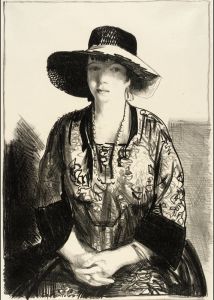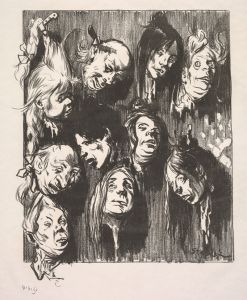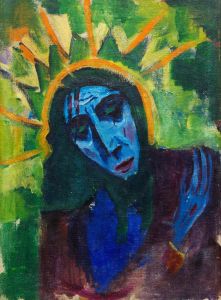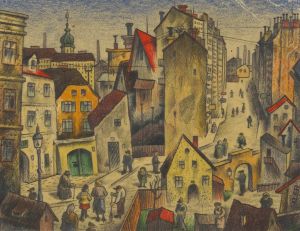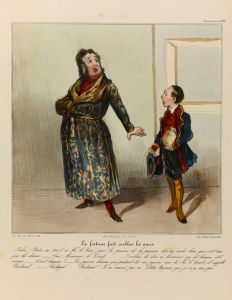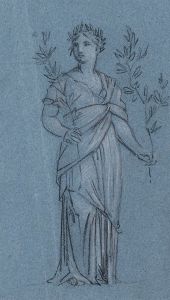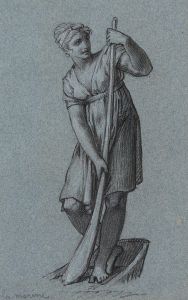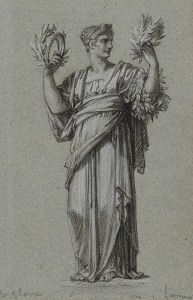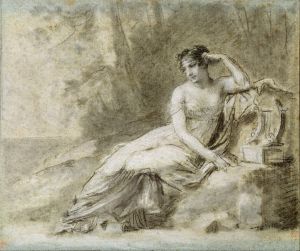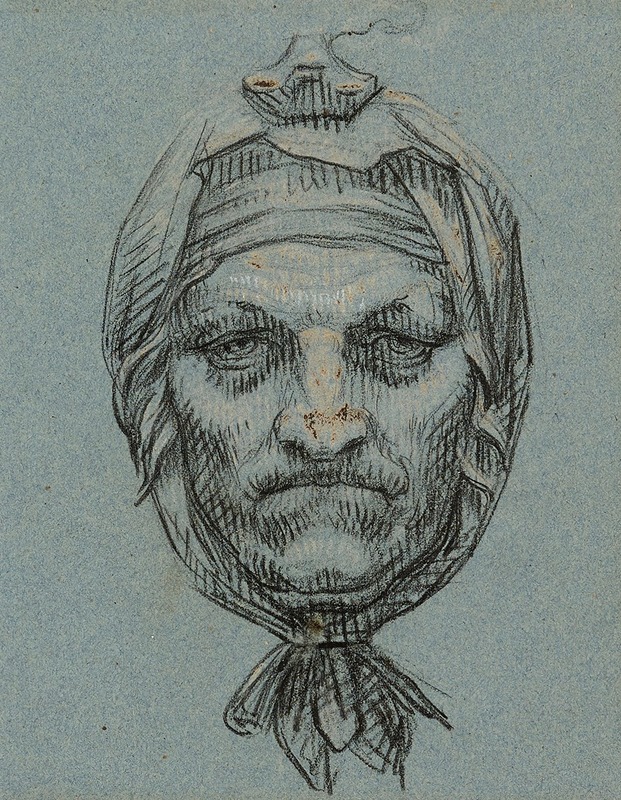
La Vieillesse
A hand-painted replica of Pierre-Paul Prud'hon’s masterpiece La Vieillesse, meticulously crafted by professional artists to capture the true essence of the original. Each piece is created with museum-quality canvas and rare mineral pigments, carefully painted by experienced artists with delicate brushstrokes and rich, layered colors to perfectly recreate the texture of the original artwork. Unlike machine-printed reproductions, this hand-painted version brings the painting to life, infused with the artist’s emotions and skill in every stroke. Whether for personal collection or home decoration, it instantly elevates the artistic atmosphere of any space.
Pierre-Paul Prud'hon, a renowned French painter and draughtsman, is celebrated for his unique style that blends Neoclassicism and Romanticism. One of his notable works is "La Vieillesse," which translates to "Old Age" in English. Prud'hon was known for his ability to convey emotion and depth in his paintings, and "La Vieillesse" is no exception.
Prud'hon was born on April 4, 1758, in Cluny, France. He studied in Dijon and later in Paris, where he was influenced by the works of the Italian Renaissance and the emerging Neoclassical style. His career flourished during the late 18th and early 19th centuries, a period marked by significant political and social changes in France. Prud'hon's work often reflected the tension between the ideals of the Enlightenment and the emotional depth of Romanticism.
"La Vieillesse" is part of a series of allegorical works by Prud'hon that explore the stages of human life. These works are characterized by their delicate use of light and shadow, as well as their emotional intensity. Prud'hon's technique involved soft, blended brushstrokes that created a sense of ethereal beauty and melancholy, a hallmark of his style.
In "La Vieillesse," Prud'hon depicts the theme of aging with sensitivity and introspection. The painting portrays an elderly figure, capturing the grace and dignity of old age. Prud'hon's use of light in this work is particularly noteworthy; he employs chiaroscuro to highlight the contours of the figure, creating a sense of depth and realism. The subdued color palette adds to the somber yet serene mood of the painting.
Prud'hon's approach to allegory was unique in that he infused his subjects with a sense of humanity and emotion, rather than relying solely on symbolic representation. This is evident in "La Vieillesse," where the figure's expression and posture convey a sense of wisdom and reflection, inviting the viewer to contemplate the passage of time and the inevitability of aging.
Throughout his career, Prud'hon received numerous commissions from prominent figures, including Napoleon Bonaparte and Empress Joséphine. His work was highly regarded for its elegance and emotional depth, qualities that set him apart from his contemporaries. Despite the political upheavals of his time, Prud'hon maintained a focus on the human experience, exploring themes of love, loss, and the passage of time.
Prud'hon's influence extended beyond his lifetime, as his work continued to inspire artists in the Romantic movement and beyond. His ability to blend classical ideals with romantic emotion made him a pivotal figure in the transition between these two major art movements.
"La Vieillesse" remains an important example of Prud'hon's artistic legacy, showcasing his skill in capturing the complexities of human emotion and the beauty of the natural world. The painting serves as a testament to Prud'hon's mastery of technique and his profound understanding of the human condition.
In summary, Pierre-Paul Prud'hon's "La Vieillesse" is a significant work that exemplifies the artist's unique blend of Neoclassical and Romantic elements. Through his sensitive portrayal of aging, Prud'hon invites viewers to reflect on the universal themes of time and mortality, making "La Vieillesse" a timeless piece in the history of art.






